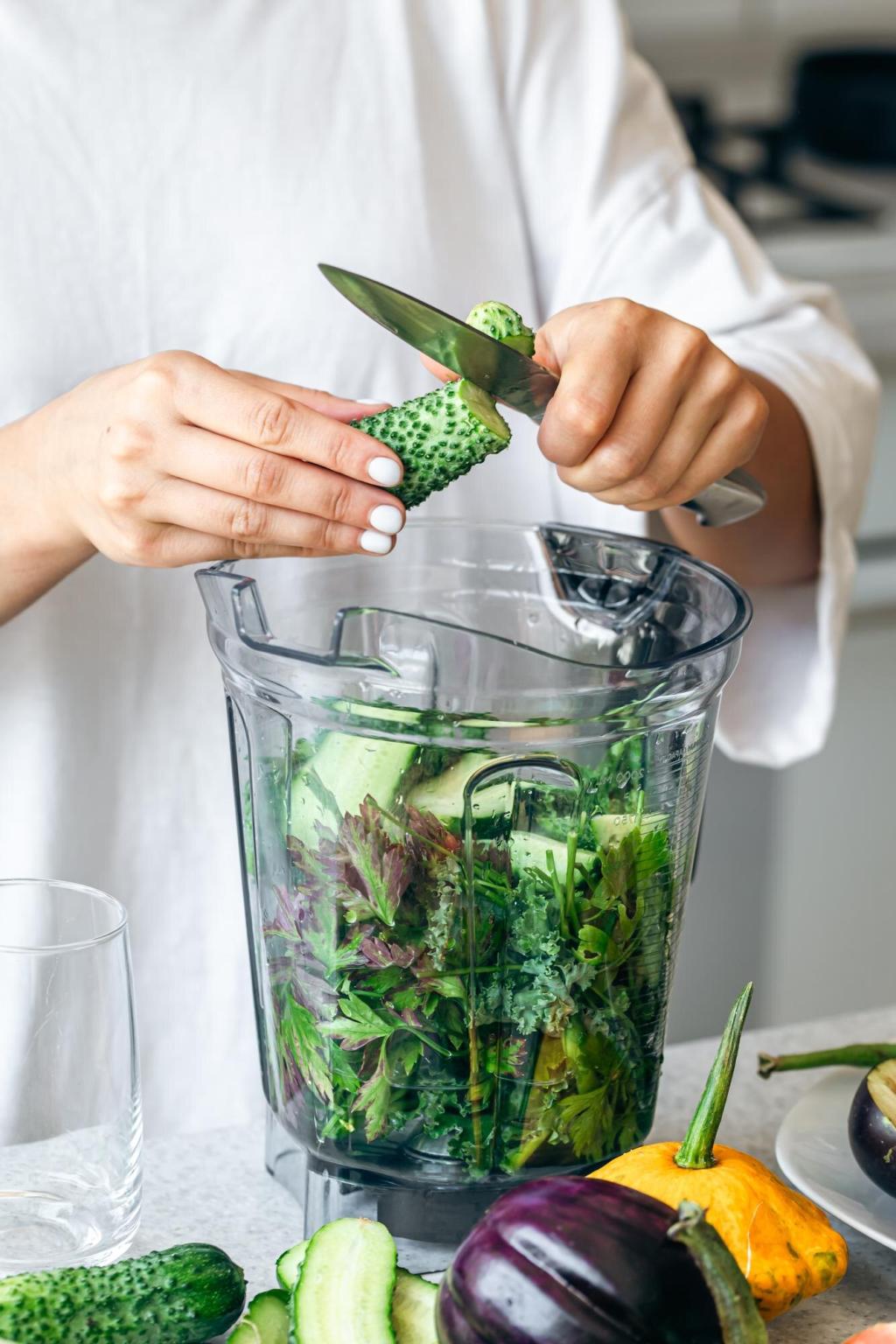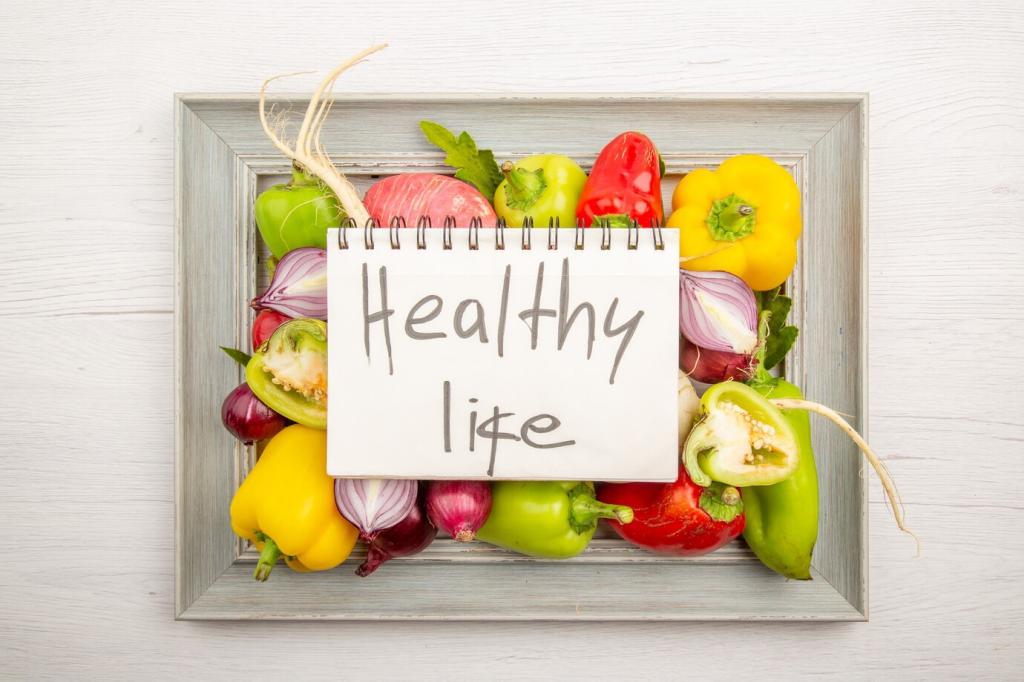Evening Recovery: Protein, Calm, and Sleep
Mix casein protein with Greek yogurt, cocoa, and a splash of milk for a thick, dessert-like pudding. Slow-digesting protein feeds your muscles through the night, while the ritual helps signal your brain that it’s time to recover and rest deeply.
Evening Recovery: Protein, Calm, and Sleep
Aim for consistent bedtimes and cool, dark, quiet conditions. Quality sleep improves hormone balance, muscle repair, and motivation to train. A short wind-down—stretching, reading, or breathwork—can reduce soreness perception and make mornings feel stronger and more focused.





